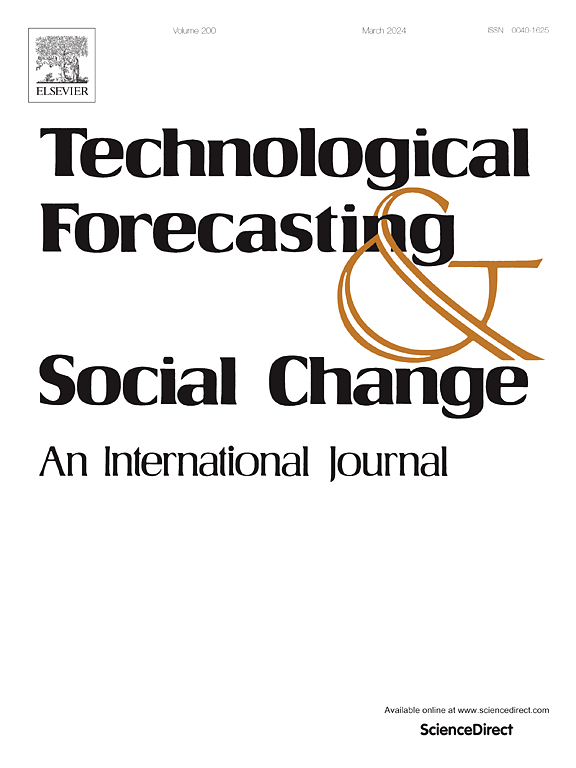Cybersecurity maturity model: Systematic literature review and a proposed model
IF 12.9
1区 管理学
Q1 BUSINESS
Technological Forecasting and Social Change
Pub Date : 2025-02-05
DOI:10.1016/j.techfore.2025.123996
引用次数: 0
Abstract
The growing importance of cybersecurity stems from its strategic value to various stakeholders, including individuals, businesses, governments, and society as a whole. Ensuring robust cybersecurity programs and assessing maturity levels is critical for organizational resilience. Cybersecurity maturity models have emerged as essential tools for evaluating readiness and guiding improvements. This study aims to systematically review existing research with bibliometric analysis and propose a cybersecurity maturity model that will help organizations assess their readiness. Web of Science and Scopus databases were searched, and bibliometric networks were visualized and explored using the VOSViewer and Biblioshiny software. This study is one of the first attempts to examine cybersecurity maturity areas using the science mapping approach. The proposed cybersecurity maturity model uses bibliometric analysis, literature searches on academic papers, industry reports, and expert opinions. The proposed cybersecurity maturity model comprises five dimensions, fifteen factors, and five levels. The proposed model is applied to three companies to demonstrate the validity using real-world examples. This study significantly contributes to the body of knowledge on cybersecurity maturity. The proposed model serves as the foundation for future researchers interested in determining cybersecurity maturity. Additionally, practitioners can use the proposed maturity factors to lead their cybersecurity systems.
求助全文
约1分钟内获得全文
求助全文
来源期刊
CiteScore
21.30
自引率
10.80%
发文量
813
期刊介绍:
Technological Forecasting and Social Change is a prominent platform for individuals engaged in the methodology and application of technological forecasting and future studies as planning tools, exploring the interconnectedness of social, environmental, and technological factors.
In addition to serving as a key forum for these discussions, we offer numerous benefits for authors, including complimentary PDFs, a generous copyright policy, exclusive discounts on Elsevier publications, and more.

 求助内容:
求助内容: 应助结果提醒方式:
应助结果提醒方式:


